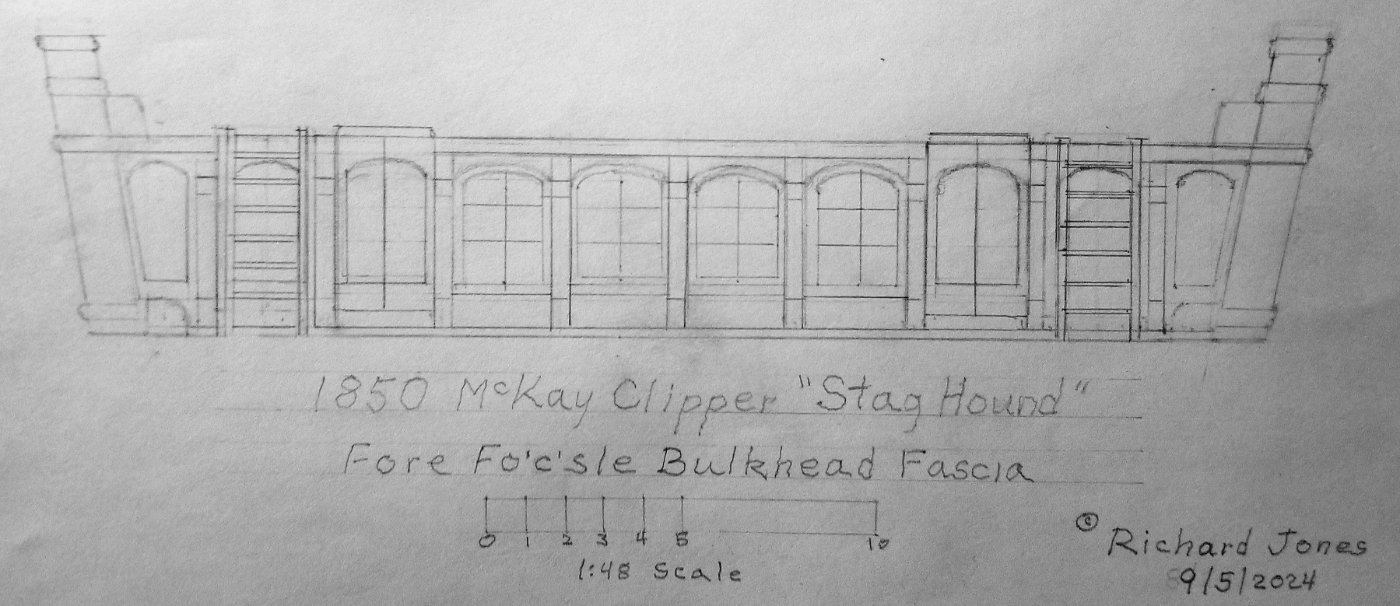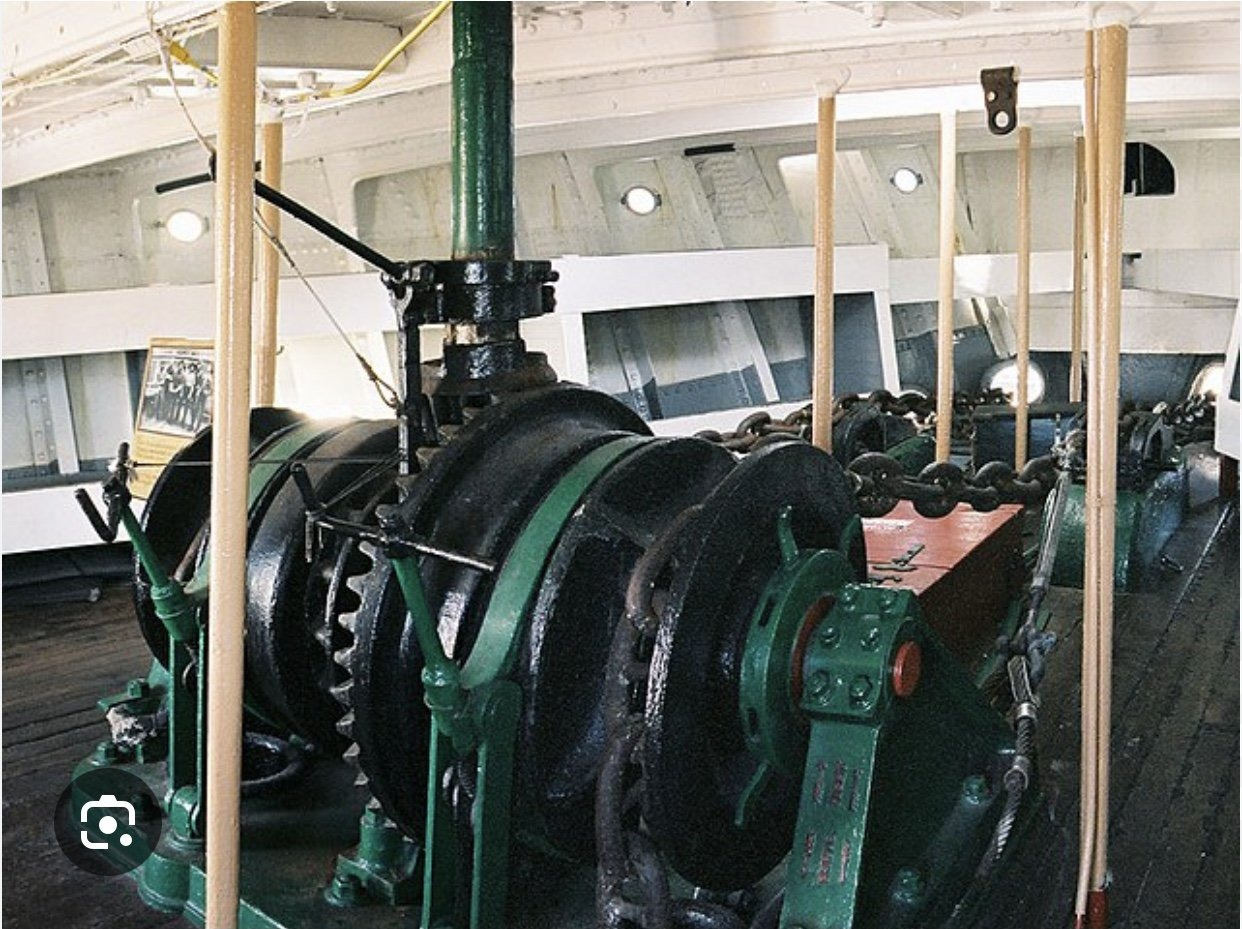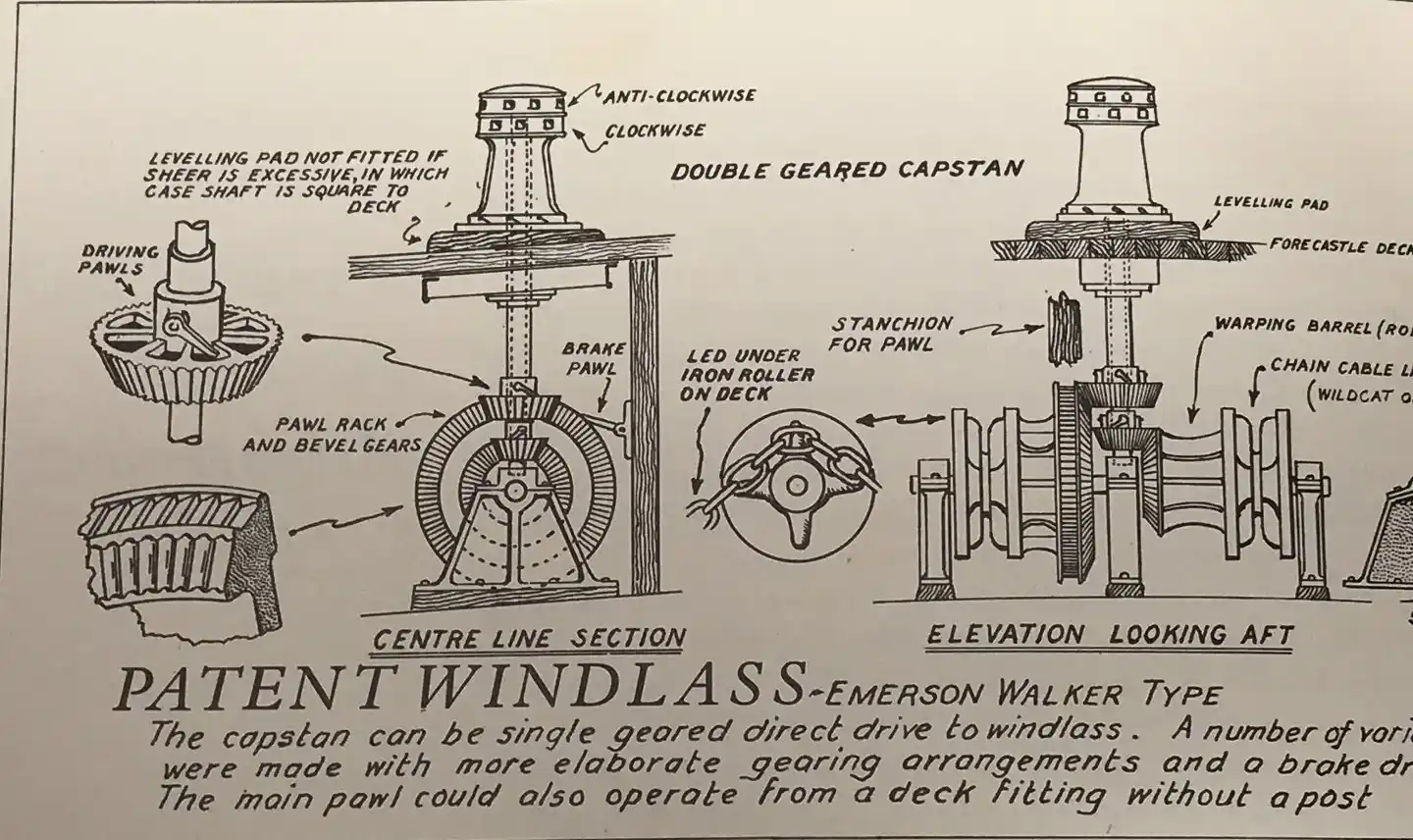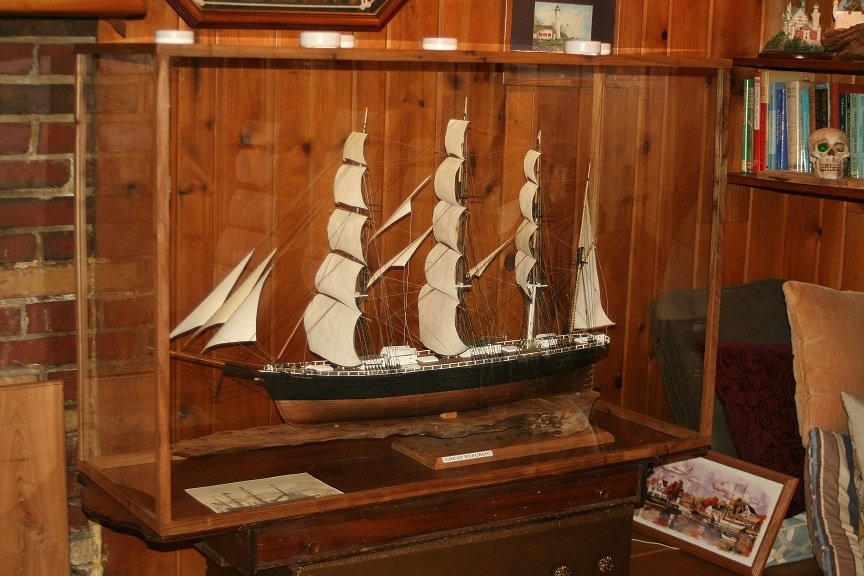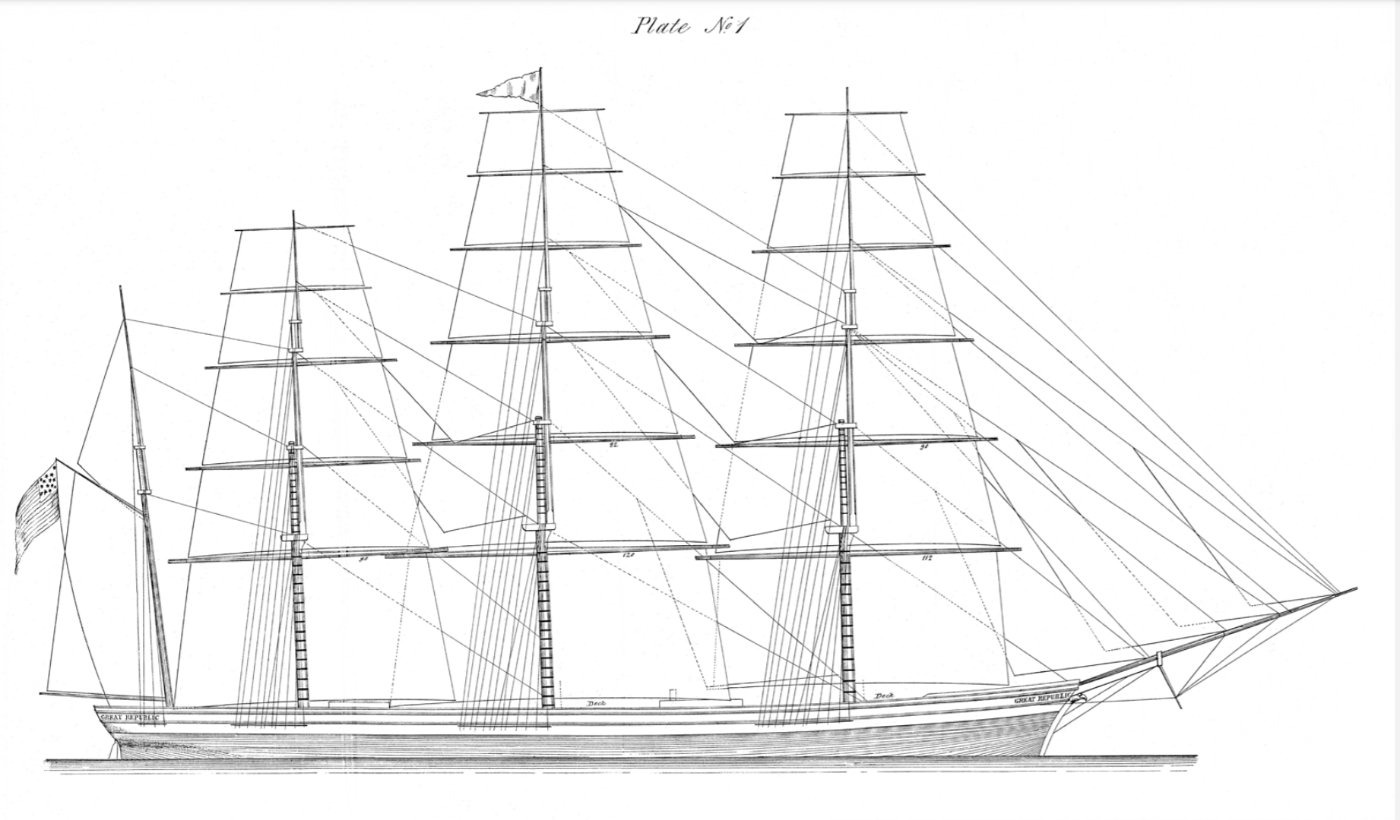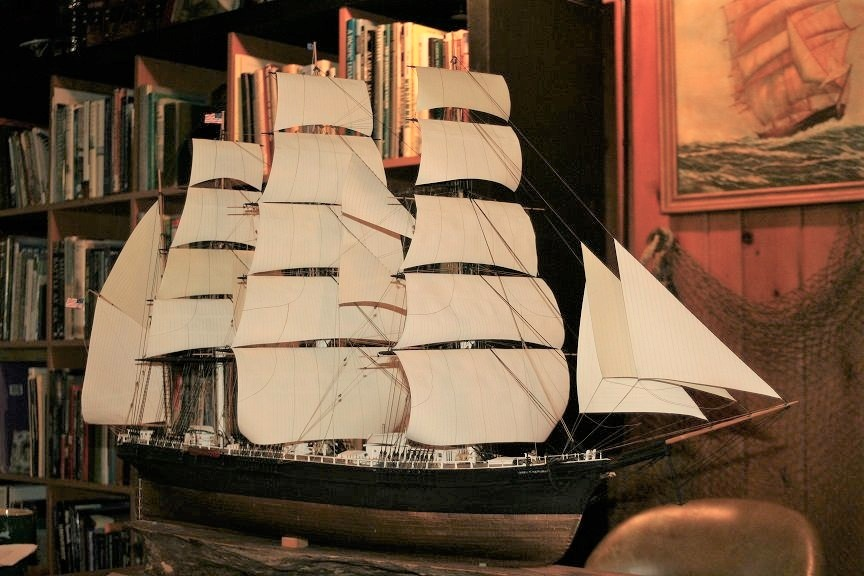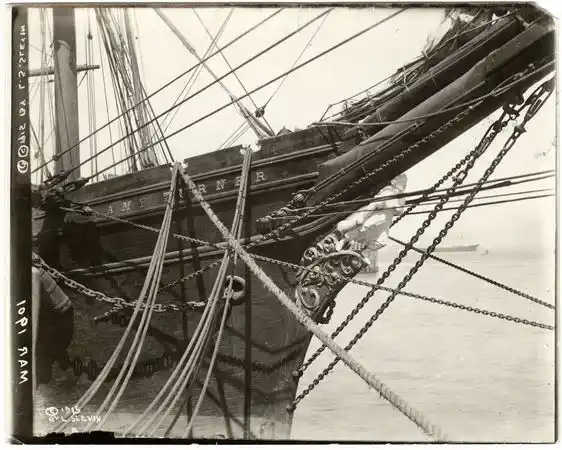-
Posts
5,512 -
Joined
-
Last visited
Content Type
Profiles
Forums
Gallery
Events
Everything posted by rwiederrich
-
Personally, I find it quite disheartening to find such opposition to our discovery. Modelers who profess to seek the highest level of accuracy...shy away from clear evidence. I'm amazed, I was expecting more enthusiasm. I've been researching and building scratch clippers for over 50 years and nothing so evident and clear would ever be dismissed because of, *I Just couldn't see it*. If you've studied Mckay's practices and his attentions...it is clear he was onto something, no other builder partook of. As far as I'm concerned, my Staghound, (as it has been replicated on Glory of the Seas), representation will include this *navel Hood*, as we have discovered. And I will continue to gracefully point out this omission/error misrepresented on, so many models. I'm that passionate about it. Smooth sailing friends. Rob
-
Not only that , but when the Brits got her, they were so flabbergasted about her extreme convexed entry…..they made scab scarfs to fill in the depressions. She performed so badly that during one run…in high seas she lost them and Lightning sped along amazing her capt. and crew . Setting a record. McKay knew what he was doing. Rob
-
If a true understanding of McKay's tenacious dedication to the clipper model, and his secrets,(His Hood/beak)) was fully realized, you could do nothing but conclude this feature would NOT be subject to change. Because its function did not change. McKay was building clippers and perfecting them, long after his contemporaries, had quite and moved onto steam, iron hulled vessels. The most dramatic changes occurred in the hull design. Its sheer, deadrise, entry/exit profiles. The stems protection , security and stability, apparently stood the test of time. In building Glory of the Seas, McKay, reinforced his beliefs in these structures, and made them his lasting legacy. There is, just as much, or more reasons to think McKay used these *Hood* structures to distinguish his design prowess from all others. From his first to his last. Rob
-
One major reason Michael Mjelde stated that Campbella’s drawings were suspect…… because he failed to have a peer review of them. We, on the other hand combined two or more heads when concluding our facts. There is far more to the truth……then simple lack of identity in paintings, McKay probably requested slight obscurity in. To protect his secret. (educated speculation). As stated earlier, I suspect, McKay developed his devices while in Newburyport, on his earlier clipper barques. His own apprenticeship with Webb saw him experiment with building techniques and structures. Rob
-
First, what is your website address? Second. We know from Glory of the Seas, that McKay incorporated his “Hood”. That is undisputed. We also know that he built glory of the seas on his own account, at this time in his career, he was beginning to financially falter. He could not afford patented, capstan’s or windlesses. He made easier wooden ones. He also used wooden bits as well. However, structural items such as his “Hood” remained. It was a signature piece. Images of Champion of the Seas strongly indicate a Glory of the Seas bow. The lack of ample evidence is not proof, since we actually have evidence in his last clipper. It was not a feature that evolved like his body designs(always searching for the fastest design). It was a feature that set him apart. Rob
-
You said, "if those beaks were only on McKay ships they sure could have been an important development it does appear that I need to work some on my Flying Cloud drawings to better conform to what McLean describes". Rich and I have been researching this issue for quite some time...both, independently, and together as of 2009 to present. Understanding the ingenious mind of Donald McKay, with the aid of Michael Mjelde, we have concluded McKay incorporated this very unique structural element into all of his clippers. Model builders for over a hundred years have been misrepresenting his clippers, either by bias, or most likely, by simple ignorance of the fact. It is hard to identify these structures in paintings, because McKay guarded it so. Painting were like photographs of the time. Not until actual photographs of Glory of the Seas, where we able to finally identify these structures, as what they were....and their naval architectural structural significance. Noticing that every other clipper made...NEVER had them...in paintings or in photographs. This fact, in part led us to devise, , these were indeed one of McKay's well guarded *secrets*. Now it has become Rich's desire to educate and, if possible, get model manufacturers to change their inaccurate drawings. And fully represent the *Real* McKay clipper bow. to pay real honor to that visionary master, ship builder. Rob
-
Indeed. the forecastle deck was, set at the main rail....roughly 5.5ft above deck and with the 3ft recessed floor....giving ample room for bunking. McLean states the topgallant forecastle was very spacious and amply lit. Light could only come in way of forecastle bulkhead windows(on deck), and flush deck prismatic skylights(ceiling). Rich and I have concluded the forecastle steps down just as the companion way does in the aft portico...down 3ft into the parlors below. Here is a rendering of the forecastle bulkhead on deck with companionways(leading down) and ladders leading up to the forecastle deck. This is for Staghound...and since Flying Cloud was of similar design and detailing....we concluded she too had as similar styling and function.
-
This is another issue Rich and I have with many drawings of Staghound , Flying Cloud, and Flying Fish. They were all fashioned the same in the topgallant forecastle. Most drawings show they were outfitted with the older wood capstans, mounted just under the edge of the forecastle deck.......HOWEVER. the descriptions of these vessels clearly indicates the forecastle crew space was recessed 3ft below the main deck...to make room, in a weather tight space for their patent windlesses.....that were driven by their patent double action capstans on the forecastle deck. this description is very clear concerning Staghound...and Flying Cloud was a near duplicate of Staghound, with minor differences. this patent windless had to be protected from the elements, so it was within the recessed forecastle cabin.
-
This rendering of her yard and sail plan is highly suspect and just inaccurate. This drawing shows her after her rebuild.....with flying skysails and bulwarks and splash rail. You can see them clearly. No complete stanchioned railing around the weather deck. Plus, when she was rebuilt...her eagle figurehead was replaced with a simple billet figurehead and gilded cheeks. With all these glaring errors....why would Duncan McLean..draw this? Why would he draw her with bulwarks...when he described her,.....he described her as she was first built.....he saw her in NY. This is what she most likely looked like at her arrival to NY....prior to her burning.
-
Yes...she most likely had the same wood and brass capstans as Staghound on her main deck....but Staghound had a double action patent capstan for her forecastle....over her patent double action reversable windless in the topgallant forecastle. It is said that both Flying Cloud and the Staffordshire were fitted out the same as Staghound.....with the most modern machines and mechanics. These early models were well funded by McKay...so he spared no expense.
-
Further excerpts from Clipperfan: " Another detail that commercial models get wrong is placement of the anchor chain hawse hole. That's due to the fact that they've completely missed inclusion of the devices I just enumerated, and which can be clearly seen here. What simply blows my mind is that this unusual prow arrangement has been on every McKay clipper, save one, the Great Republic since Donald McKay debuted his inaugural extreme clipper Stag Hound December 1850! Correct placement of this hawse hole is immediately below the base of the naval hoods, as can be clearly seen in this remarkable image. I sincerely hope these factual insights will enable you to create your most accurate Flying Cloud model that you desire".
About us
Modelshipworld - Advancing Ship Modeling through Research
SSL Secured
Your security is important for us so this Website is SSL-Secured
NRG Mailing Address
Nautical Research Guild
237 South Lincoln Street
Westmont IL, 60559-1917
Model Ship World ® and the MSW logo are Registered Trademarks, and belong to the Nautical Research Guild (United States Patent and Trademark Office: No. 6,929,264 & No. 6,929,274, registered Dec. 20, 2022)
Helpful Links
About the NRG
If you enjoy building ship models that are historically accurate as well as beautiful, then The Nautical Research Guild (NRG) is just right for you.
The Guild is a non-profit educational organization whose mission is to “Advance Ship Modeling Through Research”. We provide support to our members in their efforts to raise the quality of their model ships.
The Nautical Research Guild has published our world-renowned quarterly magazine, The Nautical Research Journal, since 1955. The pages of the Journal are full of articles by accomplished ship modelers who show you how they create those exquisite details on their models, and by maritime historians who show you the correct details to build. The Journal is available in both print and digital editions. Go to the NRG web site (www.thenrg.org) to download a complimentary digital copy of the Journal. The NRG also publishes plan sets, books and compilations of back issues of the Journal and the former Ships in Scale and Model Ship Builder magazines.




